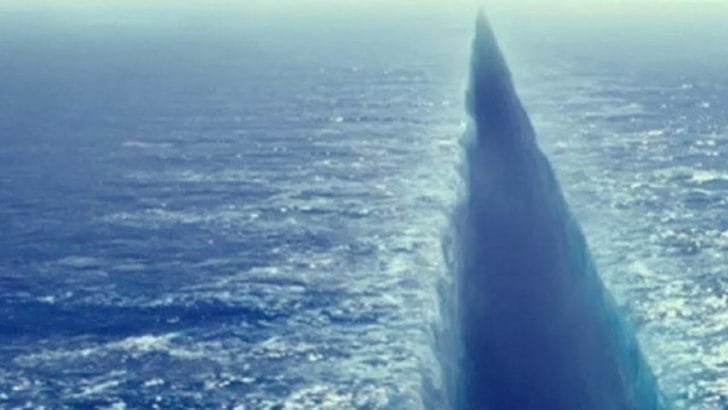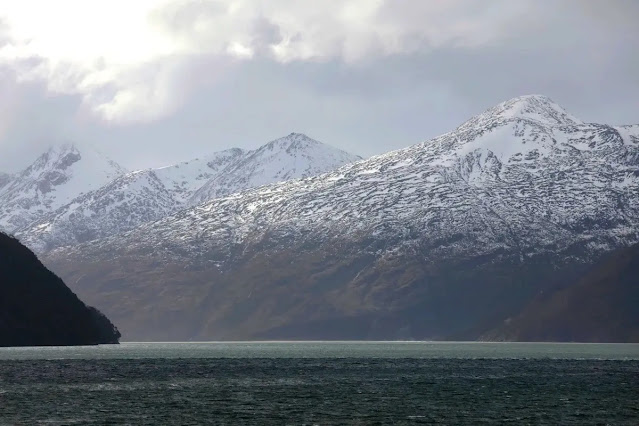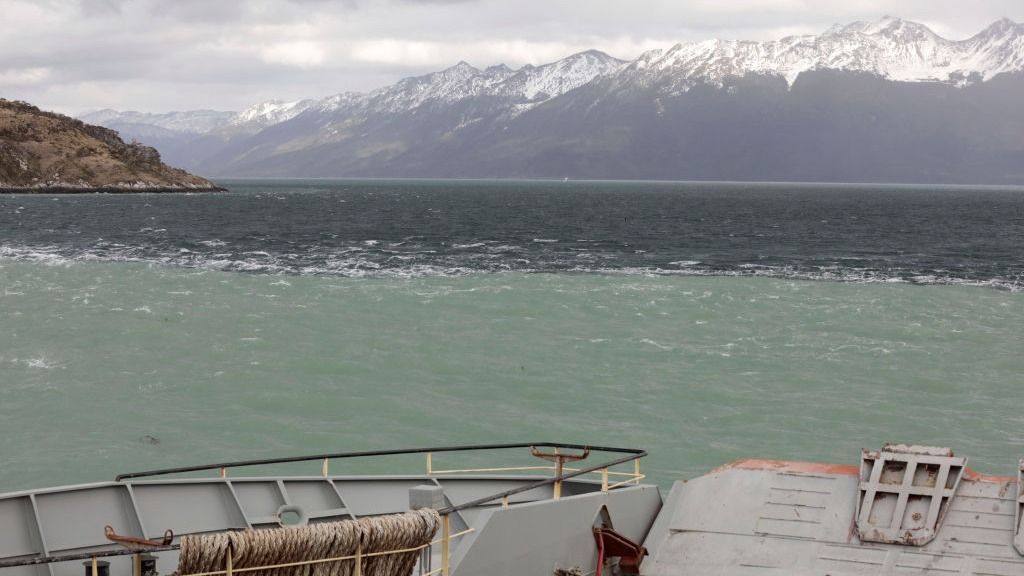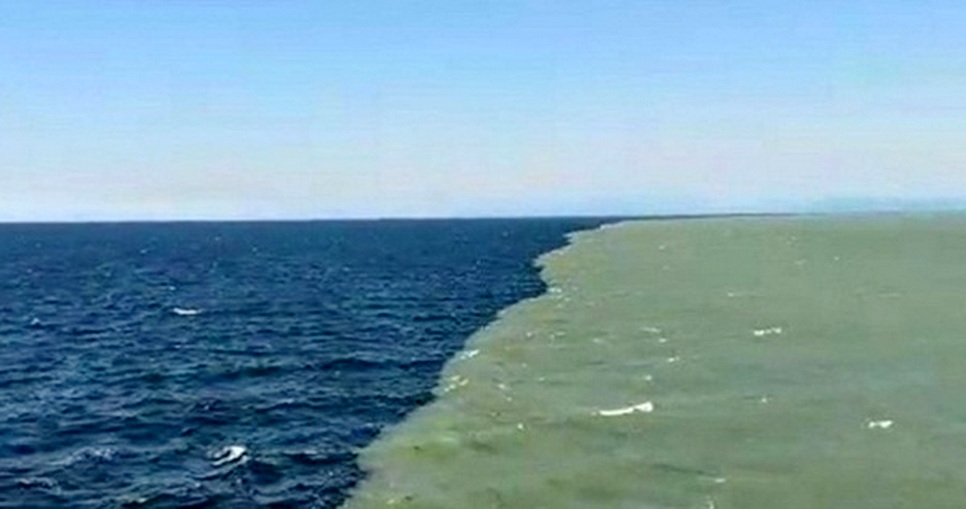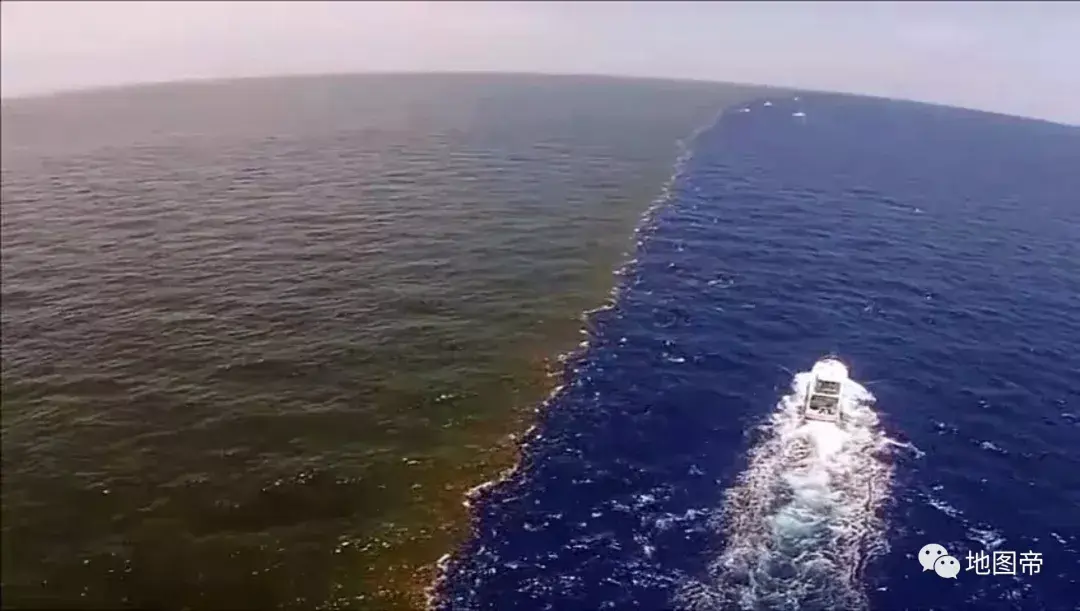Why Do The Atlantic And Pacific Ocean Never Mix
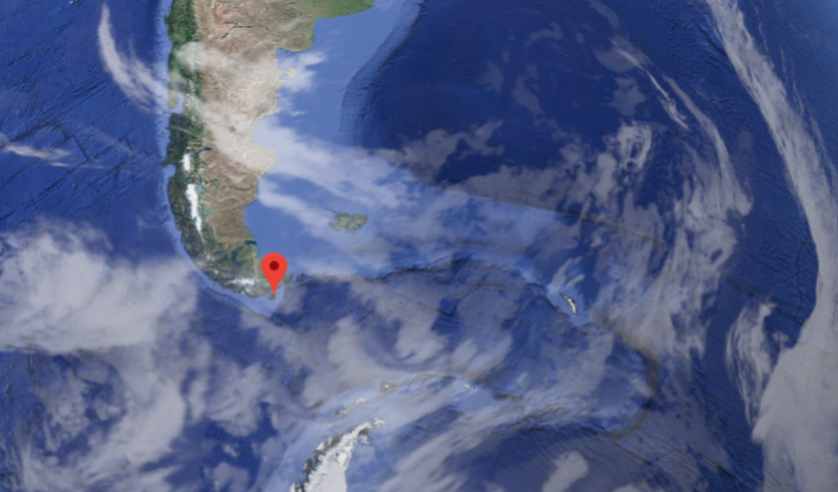
Ever stood on the beach, toes wiggling in the sand, gazing out at the vast ocean and wondered, "Hey, why doesn't the Atlantic just give the Pacific a high-five?" Well, settle in, because we're about to dive into the splashy story of why these two titans of water rarely mingle!
It's All About That Salty Life!
Imagine two punch bowls at a party. One is a super-sweet fruit punch, the other a tangy lemonade. If you gently pour them together, they'll stay in their own, mostly separate layers for a little bit, right? That's kind of what's happening with the Atlantic and Pacific, only on a MUCH grander scale!
The Atlantic is saltier than the Pacific. It's like one punch bowl has way more sugar than the other. This difference in *salinity*, or saltiness, is a major reason why they don't easily mix.
Density: The Unsung Hero of Ocean Separation
Now, let's talk density. The Atlantic Ocean is not only saltier but also generally colder, especially in the North Atlantic. Think of it like this: a can of regular soda versus a can of diet soda. The regular soda is denser (and usually sinks!).
Colder, saltier water is denser than warmer, less salty water. This difference in *density* means the Atlantic tends to sink below the Pacific where they meet. It’s like they're playing an underwater game of "I'm heavier, you're lighter!"
So, you have a giant, salty, slightly chilly ocean meeting a somewhat less salty, warmer ocean. They're basically like oil and water – natural frenemies!
Where the Oceans Almost Say "Hello" (But Don't Really)
Okay, so these oceans mostly keep to themselves, but there are some places where they come *relatively* close to saying, "Howdy, neighbor!" The most famous example is the point south of Cape Horn, South America.
Here, the Atlantic and Pacific meet in a swirl of currents, winds, and waves that could give even the most seasoned sailor a serious case of sea legs. However, even there, complete mixing is rare.
You might see a distinct line where the waters appear different colors. That's usually due to differences in sediment, temperature, and the marine life floating around. It’s more of a polite “nod” than a full-blown ocean mixer!
Current Affairs: The Ocean's Highway System
Think of ocean currents as the highways of the sea. These powerful flows of water move heat, salt, and nutrients around the globe. The currents help to maintain the different characteristics of the Atlantic and Pacific.
For example, the Gulf Stream, a major current in the Atlantic, transports warm water from the tropics towards the North Atlantic. This keeps the Atlantic relatively warm, considering its latitude.
These currents essentially act like massive, slow-motion rivers in the ocean. They guide the waters and contribute to the separation we see.
So, Will They Ever Truly Mix?
Well, on a geological timescale, everything changes. Over millions of years, tectonic plates shift, continents drift, and ocean basins evolve. The Panama Canal allows some limited mixing, but it's a tiny drop in the bucket, ocean-wise!
However, in our lifetimes (and the lifetimes of our great-great-great-grandkids!), the Atlantic and Pacific are likely to remain distinct, wonderfully separate entities. They'll continue their watery dance, keeping their individual identities intact.
So, next time you're at the beach, remember the salty tale of the Atlantic and Pacific. They're a reminder that even on a planet dominated by water, there's still plenty of room for fascinating differences and boundaries!
